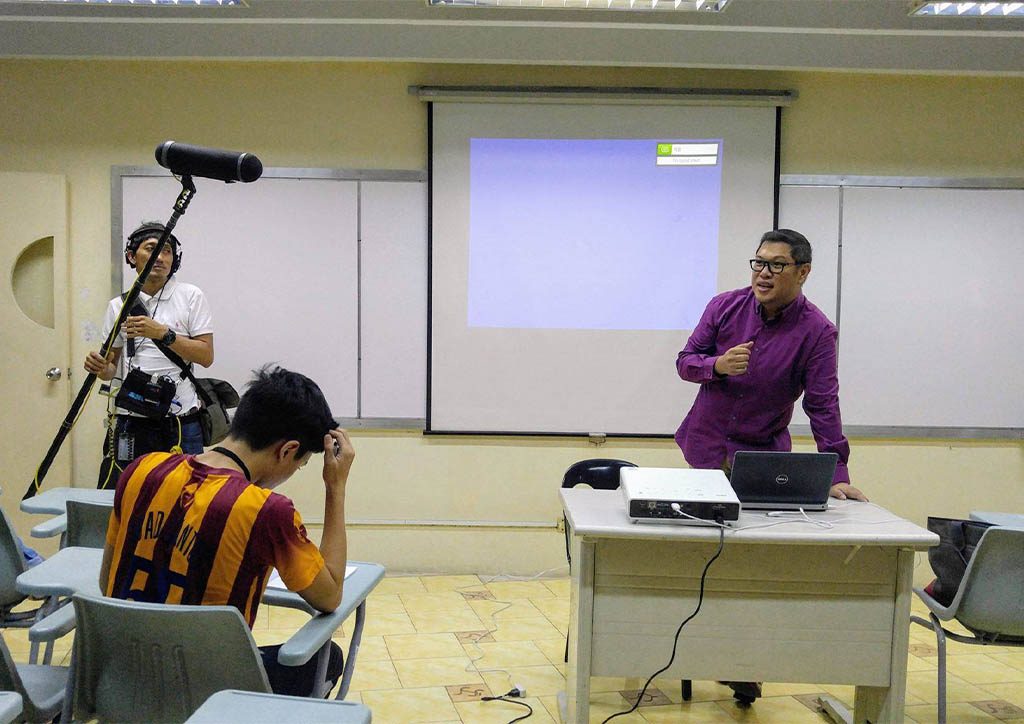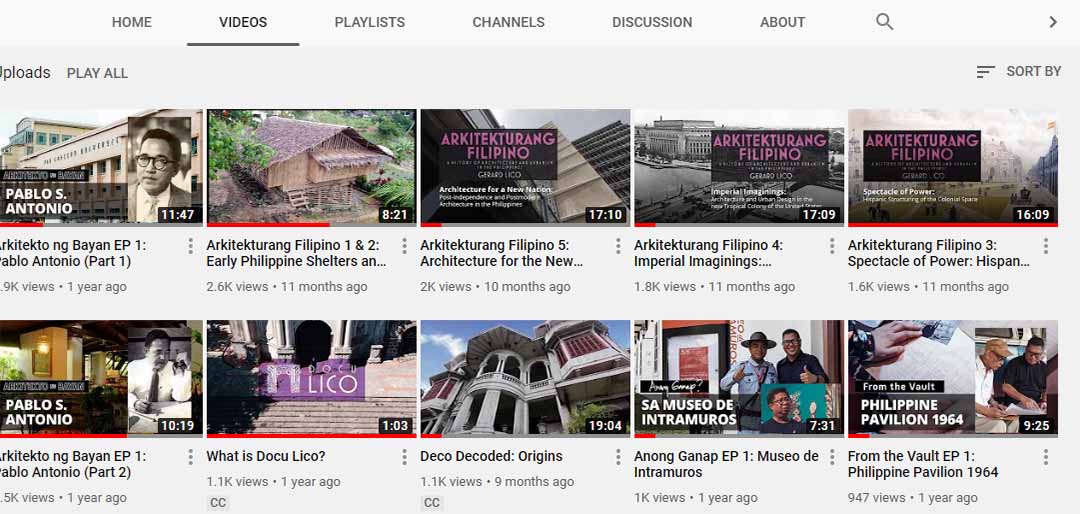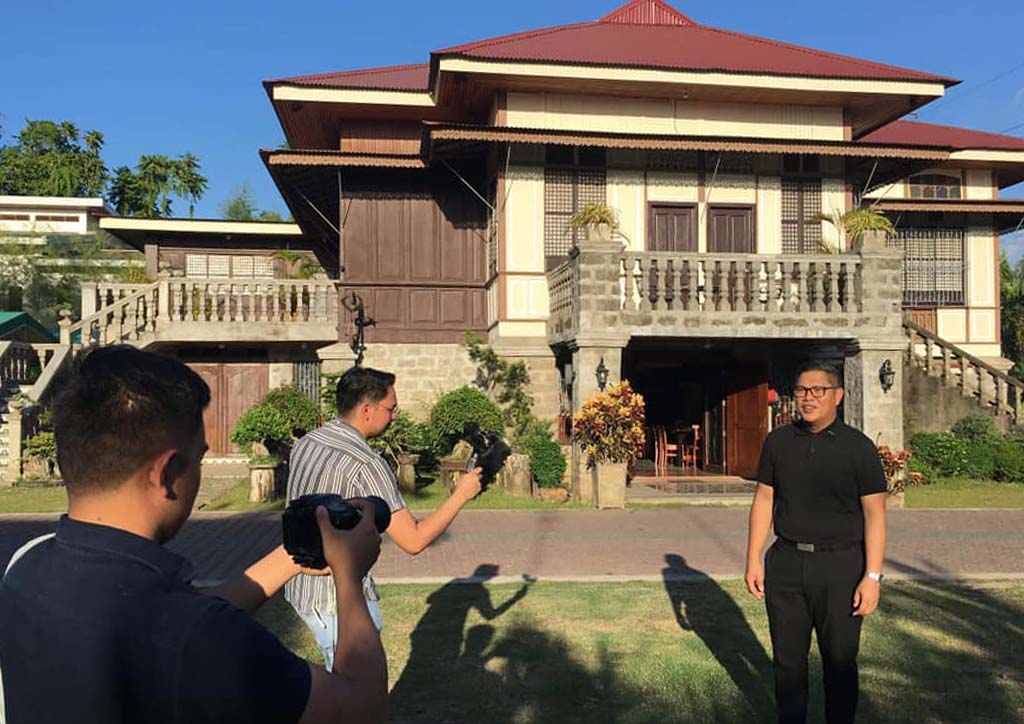
How can architecture education be asynchronous yet critical and integrated?
“For me, as a teacher, I am like a theater performer when I deliver my lectures, and without a direct response from my audience, I find it difficult to perform, more so, talk to the inanimate and passive webcam,” architect, architectural critic, art historian, and educator Gerard Lico describes, commenting on the “inflexible and difficult” set-up of holding classes online. Schools and universities have not reopened yet when this proposition and correspondence about the state of Philippine architecture education and how the system can adapt during the suspension of face-to-face classes due to the COVID-19 pandemic came about, but as of writing, universities have proceeded to open the new academic year through online classes in spite of internet connectivity issues and lack of proper equipment and educational tools. Some universities and organizations launched fundraising campaigns to assist students and teachers, but would that be enough to ensure the quality of education during this time of crisis? Is distance learning the concrete solution or is it a shortsighted fix? Here, Lico suggests an architecture education set-up that is asynchronous, yet still integrated and critical.

Planning for the short, mid, and long terms
For the short term, Gerard Lico posits that universities should rapidly adopt a shift to asynchronous learning platforms, train their faculty, staff, and students with these platforms, and be adaptable to the rapidly changing technological milieu. Meanwhile, for the medium-term, he recommends a reassessment of the universities’ capabilities, posing a critical question: Does the university have the capacity to sustain asynchronous learning in terms of infrastructure, services, manpower, and equipment?
Lico then proposes a re-evaluation of the universities’ curricula, finances, research programs, organizational structures, and built environments (like classrooms, laboratories, and school buildings) and how they could adapt to the post-pandemic world for the long term.
YOU MIGHT LIKE: Adapting architecture education during COVID-19
Asynchronous learning
With most universities adopting distance learning as the pandemic in the Philippines persists, Gerard Lico recommends a deviation from the traditional real-time classroom setup for architecture and design students. Education institutions should, according to Lico, migrate to asynchronous learning. “Asynchronous learning allows students to learn and develop their skills on their own time and pace, in a flexible arrangement, focusing on producing a portfolio of output that demonstrates mastery of the lessons,” explains Lico. “Traditional classroom lectures should morph into pre-taped video lectures and curated documentary screenings. Design plates could use theoretical sites with a complete set of parameters and a vivid description to avoid necessitating site visits but allow for creative assumptions.”

Considering both the students’ and teachers’ viewpoints, Gerard Lico advises to minimize or avoid live and long-hour video classes over meeting platforms as this setup tires the eyes, invites distraction, and is inefficient due to erratic internet connection and inequitable access to the internet and computers. “Teachers may opt to distribute their prepared slide presentations with a pre-taped voiceover,” suggests Lico. He explains that these pre-taped lessons may be arranged in an episodic sequence, which the students may go over at their own time and pace. “After every 3 to 4 episodes/slide lecture, there should be an online class meeting for synthesis and reflection activities. But class meetings mediated by the computer screen should only be used for clarification and dialogic discussions,” Lico adds.
READ MORE: Architecture education should adapt to the realities of the profession
Updates on curriculum
When asked about what subjects or present lessons in the curriculum he thinks should be given more emphasis or course credits as a response to a student’s present ability to address pandemic issues architecturally, Gerard Lico answers: “Post-pandemic studies should return the focus on the basics, such as ergonomics, social behaviors in space, and materials science. However, this must be balanced with a broader knowledge of how medical knowledge and social behaviors have influenced post-pandemic design thinking in the past, allowing the student to think critically and perhaps even pursue a novel idea or concept that could benefit society.”

The architecture professor proposed also that professors in different disciplines must collaborate to interconnect the courses to create a cohesive delivery of knowledge. “For instance, a design plate on a post-pandemic architecture can be enriched with the theoretical discussion on the medicalization of space and locating the discussion within the context of architectural history,” says Gerard Lico. “It should be noted how modernism were products of new medical knowledge and sanitary science of the early 20th century when architecture was responding to epidemics like plague, cholera, and tuberculosis. Simplicity and unadorned white surfaces are equated purity and requirements of hygiene.” Lico believes that through this integration, students will “learn better in both theory and praxis.” However, he acknowledges that the challenge would be poised to teachers, “who must be creative in their exploration and crisscross traditional boundaries of subjects and disciplines.”
YOU MIGHT LIKE: Experience is the best architecture teacher — Manolo Noche


